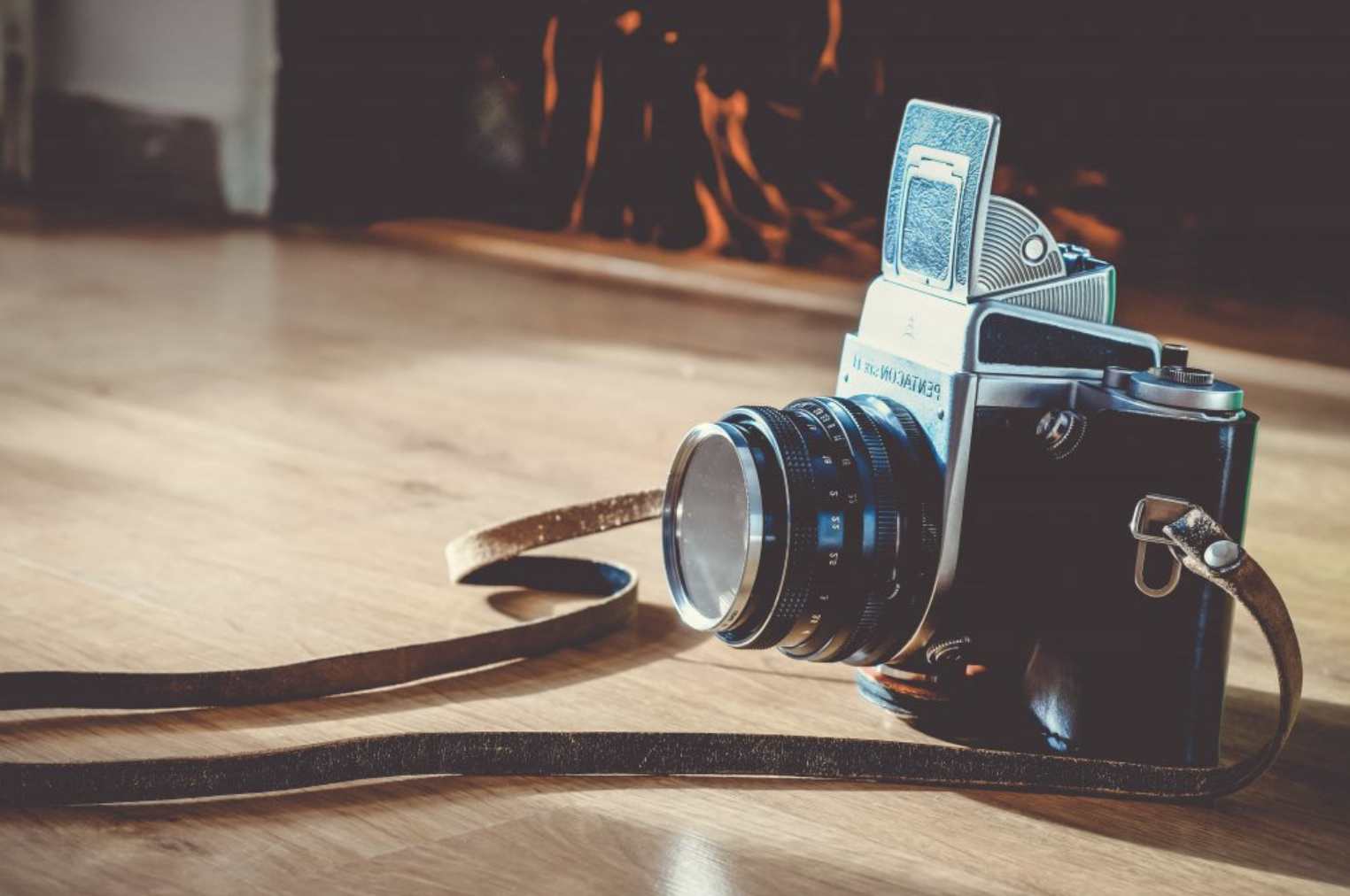In the last 30 years, photo cameras have undergone a tremendous transformation, making them almost unrecognizable from their predecessors. Gone are the days of film cameras and clunky, boxy designs. Today, photo cameras are sleeker, more versatile, and packed with features that would have been considered science fiction just a few decades ago.
Going digital
One of the biggest changes in photo cameras has been the transition from film to digital. This shift has allowed for an exponential increase in the speed and ease of processing, previewing, and sharing photos. With the touch of a button, you can now snap a photo, edit it on the camera, and share it with the world in mere seconds. Who needs to wait for the film to be developed and printed when you can have instant gratification? Especially in a world of social media!
High Res
Higher resolution has become another hallmark of modern photo cameras. Gone are the days of grainy, pixelated images with a maximum resolution of a few megapixels. Today, many cameras can capture photos with more than 20 megapixels, producing images that are sharp, clear, and packed with detail. No more squinting to see the faces of your friends in old photos – the future is all about clarity and detail!
Autofocus
Autofocus technology has come a long way in the last 30 years, making it easier than ever to get the shot you want. No more blurry images or missed moments, especially in high-end wedding photography – today’s cameras can lock onto a subject in a split second, producing crisp and accurate images every time. Whether you’re a professional photographer or just someone who loves to capture memories, autofocus technology has made it easier than ever to get the perfect shot.
Low-light
Low-light performance has also been a major focus in the development of photo cameras. With improved sensors that are more sensitive to light, modern cameras can produce stunning images even in darker settings. Whether you’re snapping photos in a dimly lit restaurant or capturing the night sky, you no longer need to rely on a flash to get the shot you want.
Staying Connected
Finally, increased connectivity has become a staple of modern photo cameras. With Wi-Fi and Bluetooth connectivity, you can transfer your photos to other devices in a matter of seconds. Some cameras even offer cloud storage options, so you can keep your memories safe and accessible from anywhere in the world. And if you’re into vlogging or other video projects, many cameras now offer the ability to record high-definition video in addition to still photos – the possibilities are truly endless. Modern cameras even allow for HD live streaming right out of the box.
What comes next?
Photography (and videography as well) is a field that is always on the move, and the future looks bright for those who love capturing memories and moments, producing expressive portrait photographs, and creating art through the lens. Let’s take a look at what we might expect in the coming years in this exciting rapidly-developing field.
AI
Artificial Intelligence (AI) is already making waves in the photography world, and it will only get bigger and better over time. AI is being used to enhance features like autofocus, scene recognition, and exposure control, making it easier for photographers of all levels to take amazing photos faster and easier than ever before. In the future, we might see AI taking over the majority of all technical aspects of photography, freeing up the creative minds of photographers to focus on their creative vision. Who knows, maybe we’ll see AI taking photos while we relax and enjoy the view!
VR
Virtual Reality (VR) and Augmented Reality (AR) are two prominent areas where photography is expected to develop rapidly. Imagine taking an immersive 360-degree photo that you can explore and experience as if you were actually there. Or, with AR overlays, we might see additional information about a scene or subject being added to photos in real time – this will probably even work for video as well. The possibilities are endless, and the future of VR and AR in photography is sure to be exciting.
Everything connected
Enhanced real-time connectivity is another aspect that is likely to continue in the world of photography. Cameras are becoming increasingly connected to other devices, platforms, and even the cloud, making it easier than ever to transfer, share, edit, and store photos. With cameras becoming more integrated into our digital lives, we might also see new creative opportunities emerging for photographers, giving them even more ways to express themselves and their creative vision.
Planet-friendly
As the world becomes more environmentally conscious, it’s likely that we’ll see a greater focus on sustainability also in the field of photography. This could mean the use of more environmentally-friendly materials in the production of cameras and photography equipment or the development of new technologies that reduce their environmental footprint, waste, and energy usage. The future of photography will not only be about capturing amazing moments but also about doing it in a responsible way that is kind to our planet.
Senors
Camera sensors are the backbone of modern photography, and they’re only going to get better in the coming years. Improved sensors will mean even greater image quality, with better low-light performance, dynamic range, and color accuracy. We might even see cameras that can see in the dark, or capture the full range of colors visible to the human eye. The future of photography is looking incredibly bright, in more ways than one!


